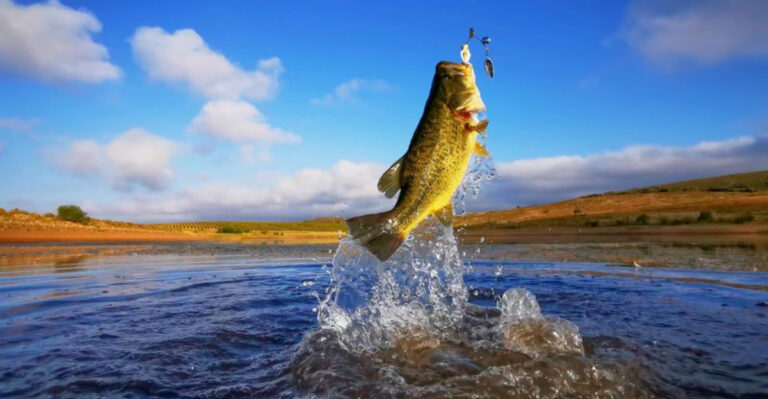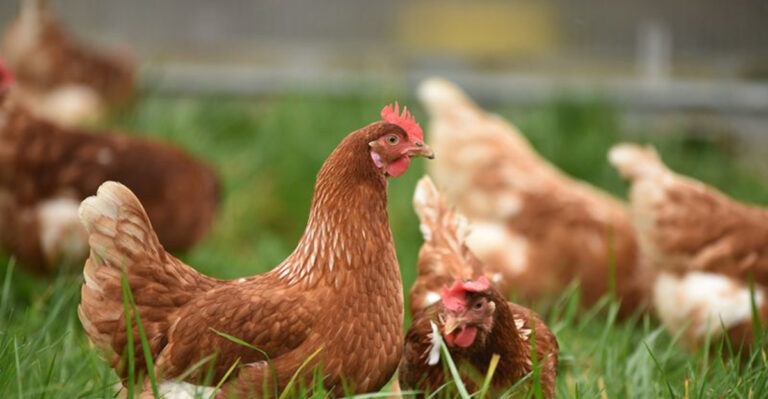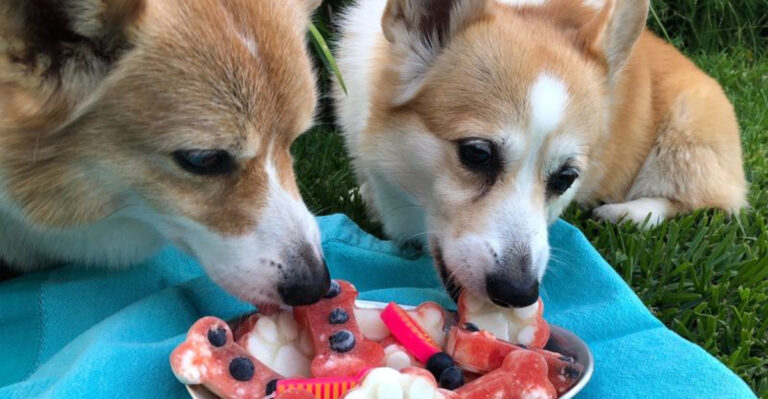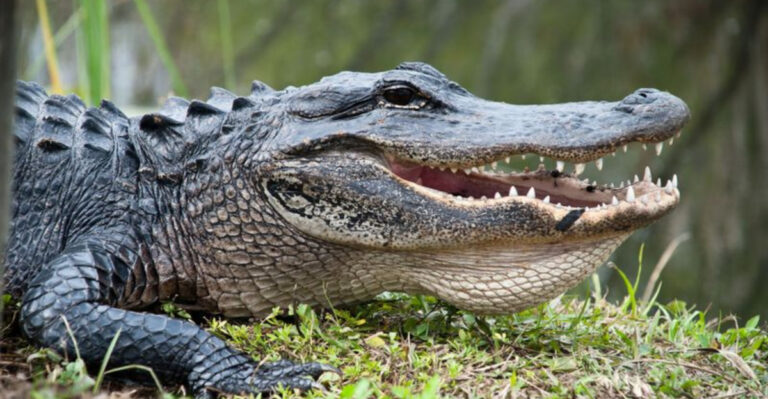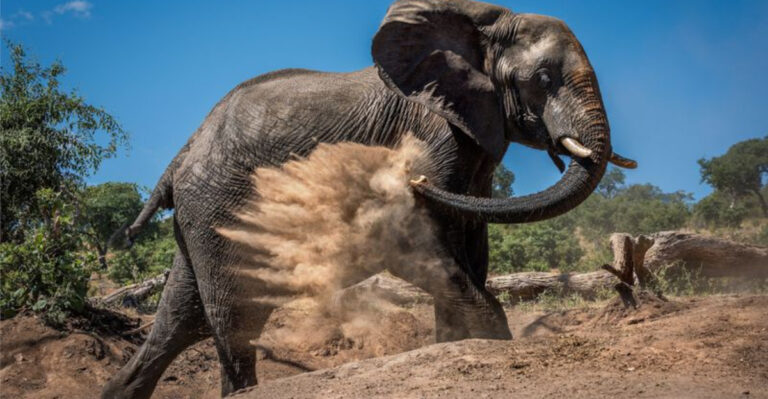9 Signs That Your Horse Is Uncomfortable (And 8 Ways To Help Them Relax)
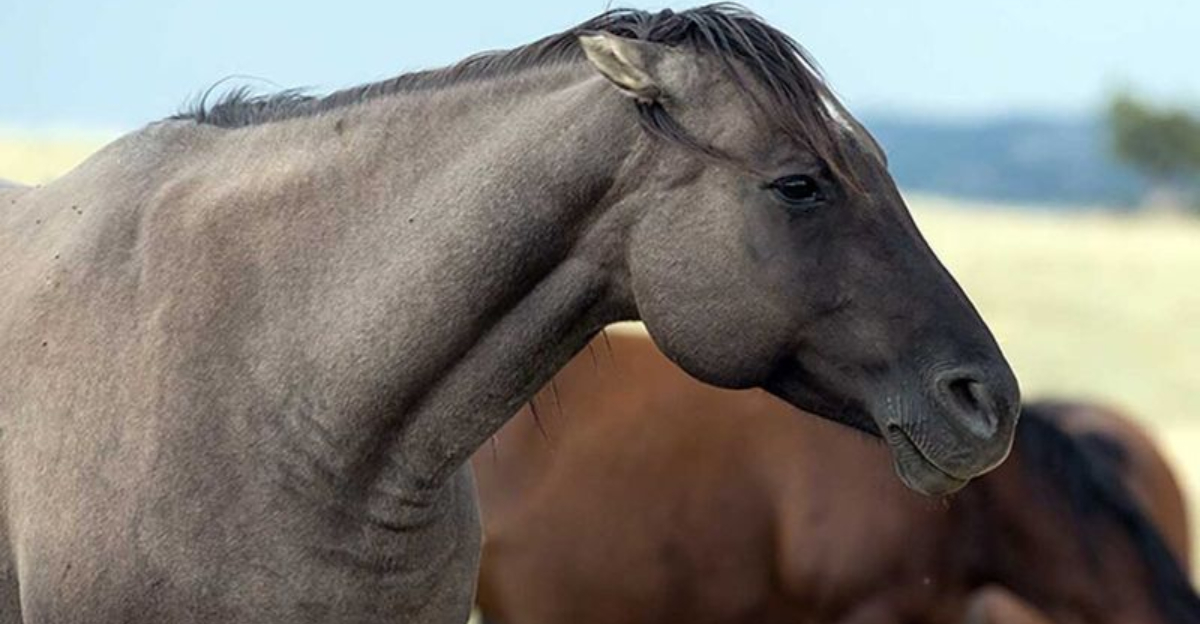
Horses communicate their discomfort in subtle yet meaningful ways. As caretakers, it’s our job to recognize these signals before small issues become bigger problems.
Understanding your horse’s body language and behavior can make all the difference in maintaining their health and happiness.
1. Tail Swishing Beyond Fly Season
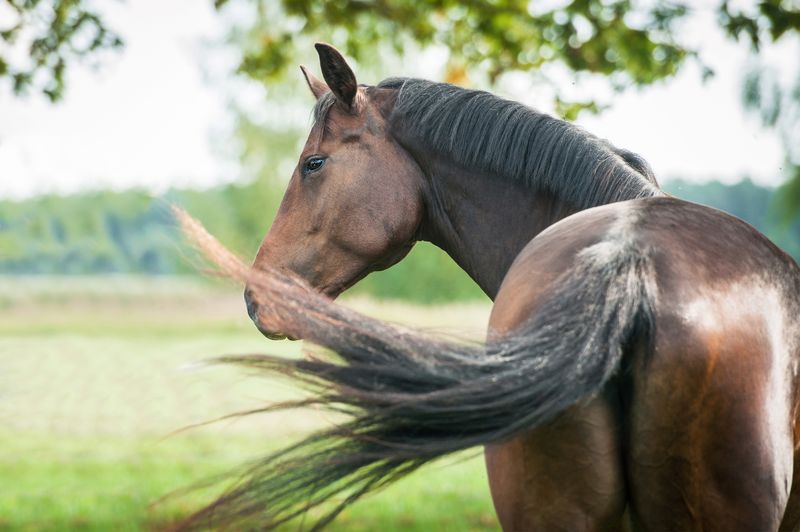
Excessive tail swishing when there aren’t flies around often signals frustration or pain. Your horse might be trying to tell you something important about their physical state.
Pay special attention if the swishing increases during certain activities like cantering or when pressure is applied to specific areas. Rhythmic, aggressive tail movements during riding can indicate back pain, ill-fitting tack, or confusion about what you’re asking.
2. Reluctance To Move Forward
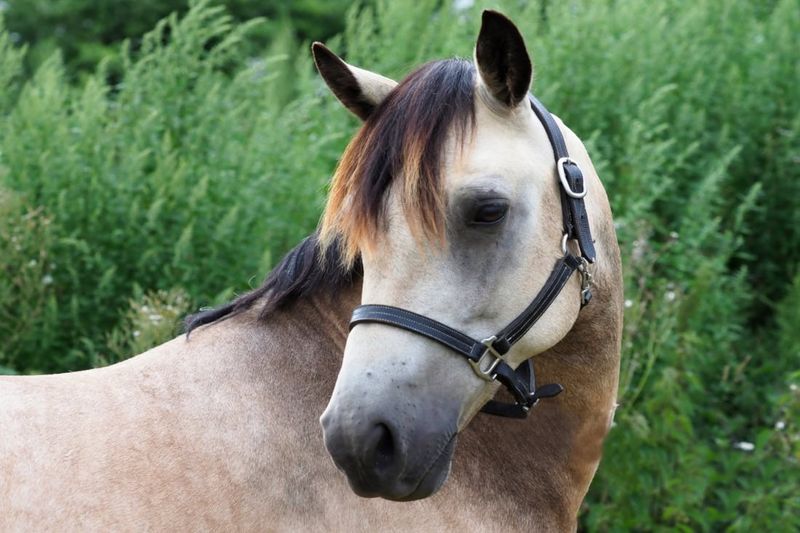
A normally willing horse that suddenly balks, refuses jumps, or drags their feet might be experiencing pain. This behavior change often gets misinterpreted as stubbornness when it’s actually discomfort speaking.
Check for lameness, back soreness, or foot problems if your horse starts planting their feet or resisting forward movement. Sometimes the issue is subtle – like early arthritis or muscle soreness – rather than obvious injury.
3. Grinding Teeth During Riding
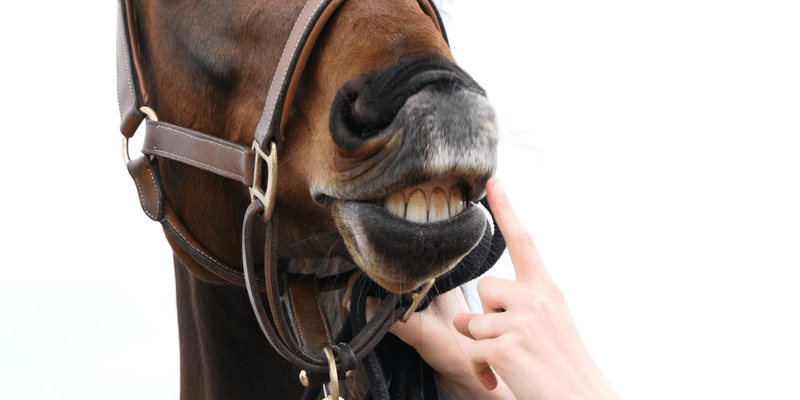
That distinctive grinding sound while you’re in the saddle isn’t just an annoying habit – it’s your horse expressing tension or pain. Tooth grinding typically indicates discomfort in the mouth, back, or elsewhere.
Check your bit fit and dental health first, as sharp edges on teeth can cause significant pain. Also consider saddle fit, as pressure points can trigger this grinding response when weight is applied to sensitive areas.
4. Unusual Stiffness Or Head Tossing
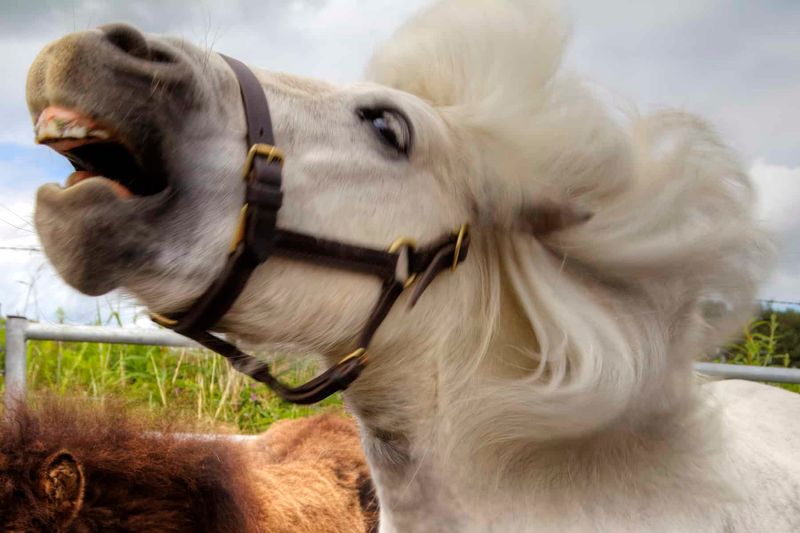
A horse that suddenly becomes stiff on one side or repeatedly tosses their head upward is telling you something hurts. These movements are attempts to escape pressure or pain.
Head tossing often relates to bit discomfort, dental problems, or neck pain. One-sided stiffness could indicate muscle soreness or joint issues. Don’t dismiss these behaviors as training problems without checking for physical causes first.
5. Pawing Or Stomping Frequently
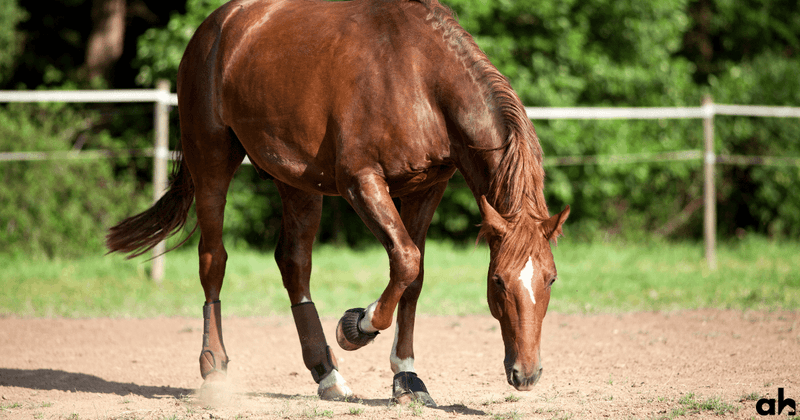
Repeated pawing at the ground or stomping feet can indicate your horse is experiencing abdominal discomfort or frustration. This behavior deserves immediate attention, especially when combined with other signs.
In severe cases, persistent pawing might signal colic or other serious conditions. Even mild pawing can indicate your horse is trying to distract themselves from discomfort somewhere in their body.
6. Changed Eating Habits
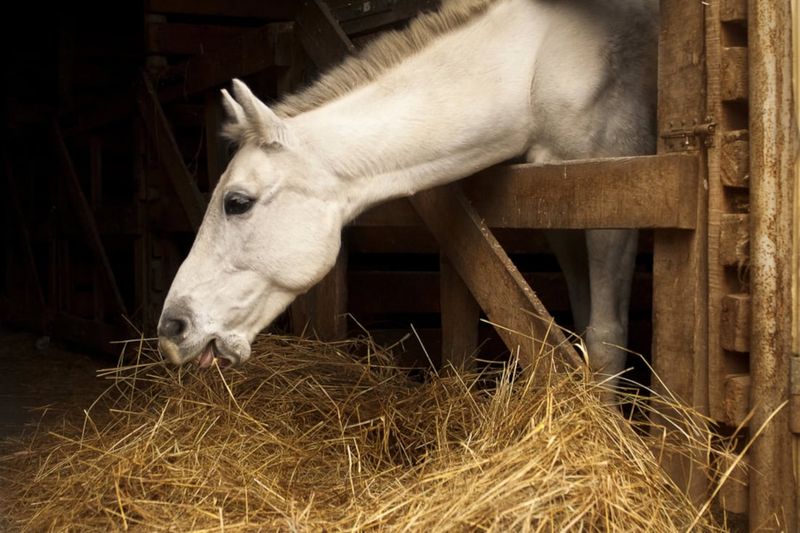
A horse that suddenly leaves food or eats much slower than usual might be experiencing dental pain or digestive issues. Food is central to equine happiness – changes here should never be ignored.
Watch for dropping partially chewed food (quidding) or turning away from favorite treats. These could indicate sharp tooth edges, an abscess, or tongue injury. Decreased appetite combined with lethargy warrants an immediate veterinary examination.
7. Unusual Posture While Standing
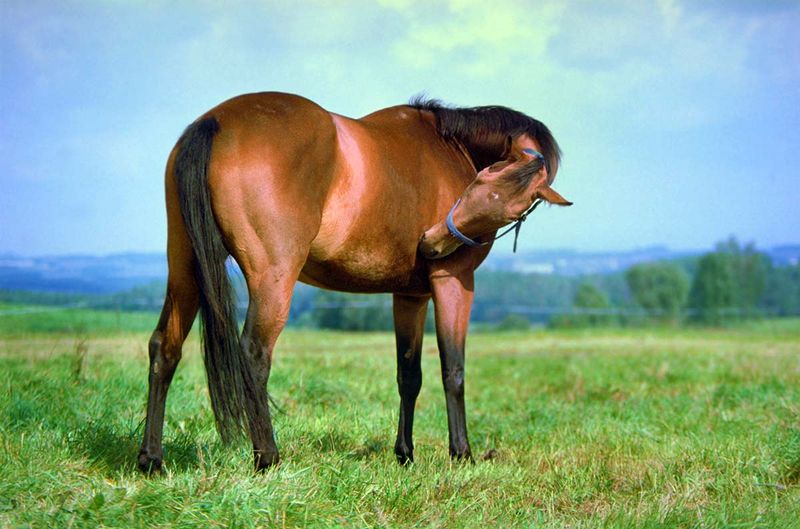
Horses normally distribute weight evenly across all four legs, occasionally resting one hind leg. If your horse consistently stands with an unusual posture, they might be compensating for pain.
Warning signs include pointing a front hoof forward, standing with hind legs camped under or splayed out, or shifting weight frequently. A horse standing with their back hunched might have abdominal pain or hoof issues.
8. Excessive Sweating Or Trembling
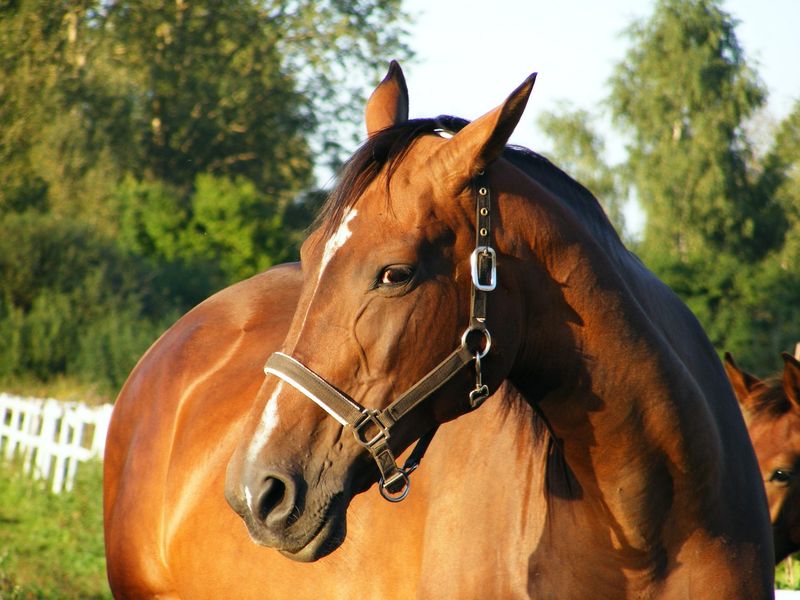
Sweating when it’s not hot or during minimal exertion can indicate your horse is in pain or experiencing serious distress. Trembling muscles, especially at rest, are another red flag for discomfort.
While some horses naturally sweat more than others, unusual patterns – like sweating only in specific areas – warrant investigation. Combined with restlessness or a elevated heart rate, these signs might indicate anything from muscle strain to more serious internal problems.
9. Pinned Ears Show Irritation
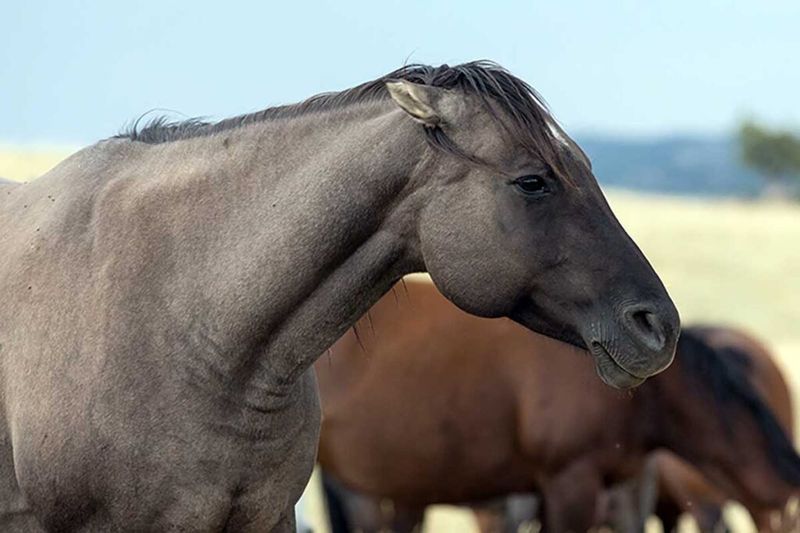
When your horse flattens their ears against their head, they’re sending a clear warning signal. This defensive posture indicates they’re feeling threatened, annoyed, or in pain.
Watch for this sign during grooming or saddling – it might reveal a tender spot or painful area you need to address. Some horses briefly pin their ears during work when concentrating, but persistent ear-pinning usually means something’s wrong.
10. Gentle Massage Techniques
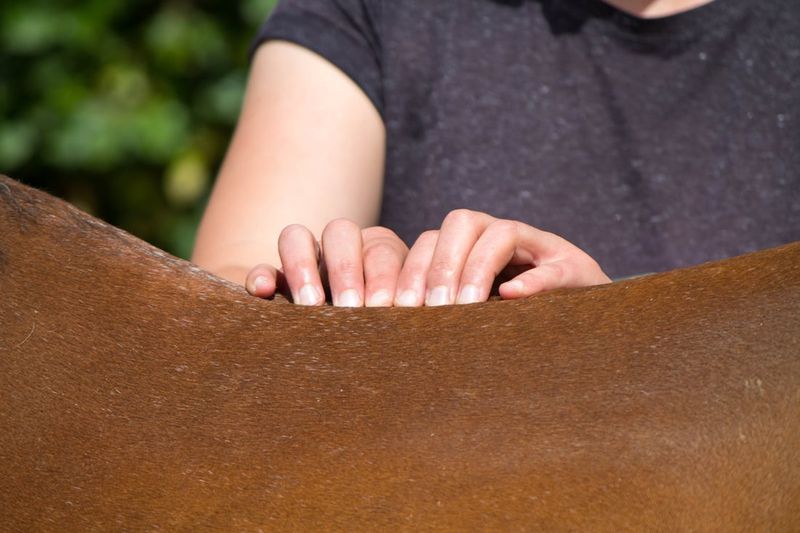
Simple massage can work wonders for a tense horse. Start with long, slow strokes along the neck and shoulders, gradually working toward problem areas with gentle circular motions.
Pay special attention to the base of the neck, withers, and large muscle groups along the back. Even five minutes of targeted massage can increase circulation and release endorphins. Always watch your horse’s reaction – relaxed eyelids and lowered head indicate you’re helping.
11. Aromatherapy For Nervous Horses
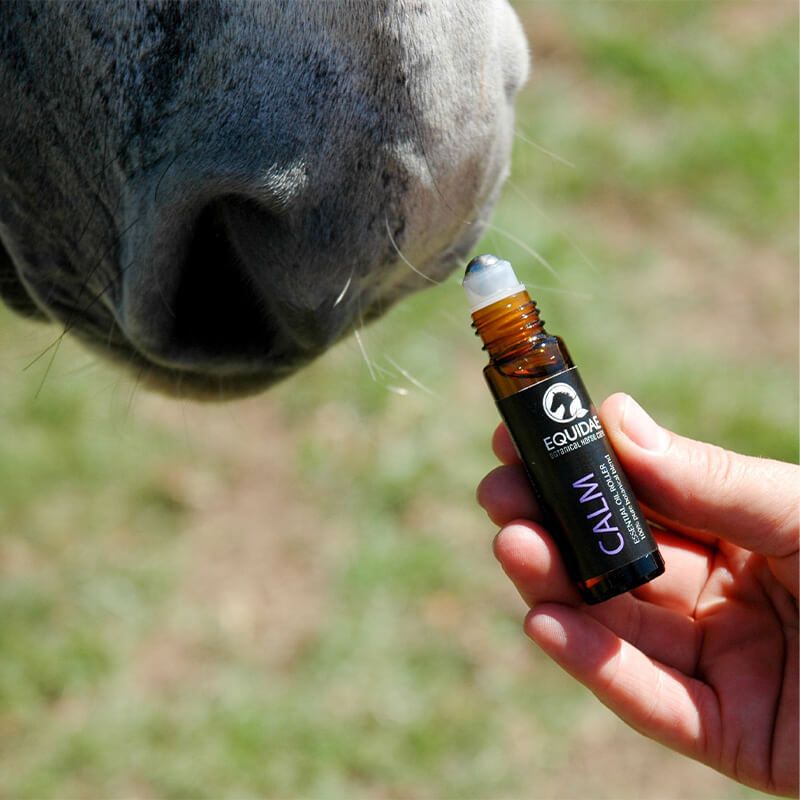
Certain scents can dramatically calm an anxious horse. Lavender, chamomile, and vanilla are particularly effective for reducing stress hormones and promoting relaxation.
Apply diluted essential oils to your hands and let your horse sniff them, or place a few drops on a cloth near their stall. Never apply oils directly to the horse’s nose or eyes. Some horses respond within minutes to these natural calming scents.
12. Proper Saddle Fitting Check
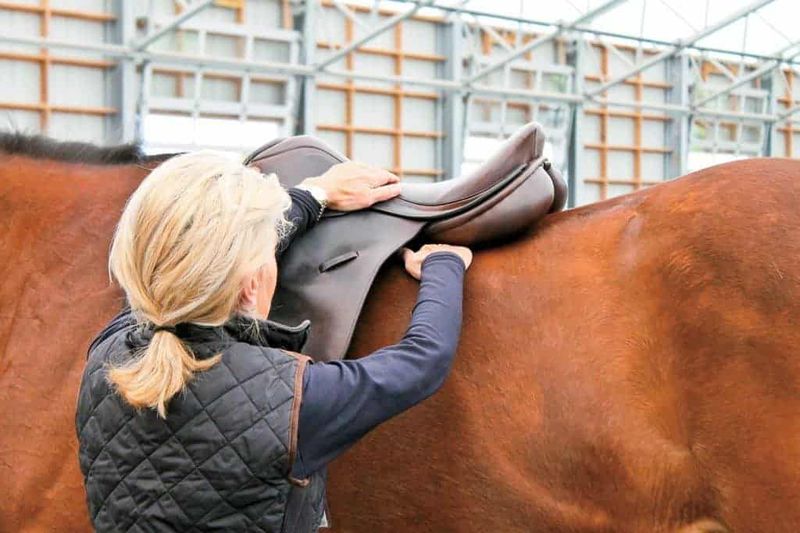
An ill-fitting saddle is one of the most common causes of horse discomfort. Look for at least three fingers’ width of clearance along the spine and even contact across the back.
Check that the saddle doesn’t rock or pinch. A well-fitted saddle should allow you to easily slide your hand between the pommel and withers. Having a professional saddle fitter evaluate your setup annually can prevent many pain-related behaviors.
13. Stretching Exercises For Flexibility
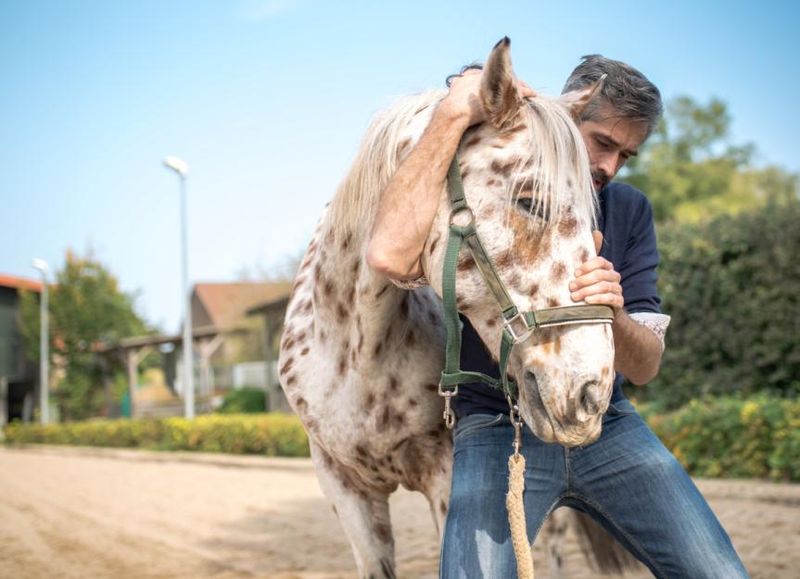
Simple stretches can release muscle tension and improve your horse’s overall comfort. Carrot stretches – where you encourage your horse to reach for a treat alongside their body – are particularly effective.
Guide your horse to stretch their neck down between their front legs, then out to each side and upward. Hold each position for 5-10 seconds. Regular stretching improves circulation and range of motion while giving you a chance to spot areas of stiffness.
14. Create A Consistent Routine
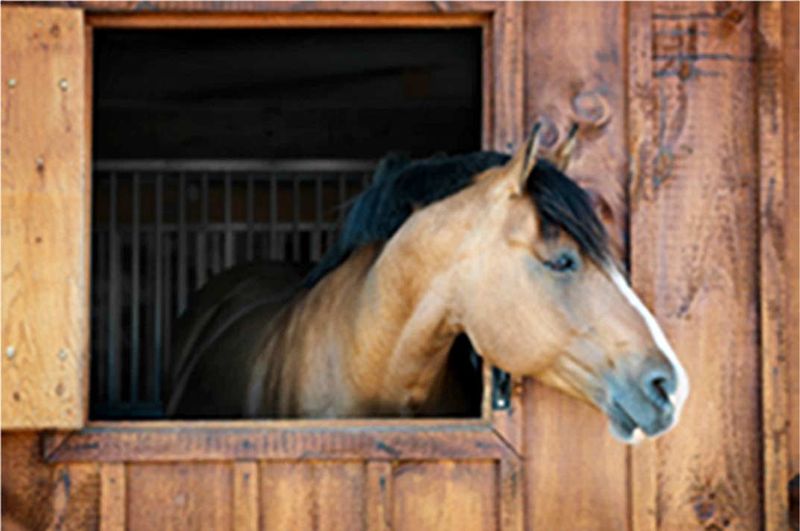
Horses thrive on predictability. Maintaining regular feeding, turnout, and exercise schedules helps reduce anxiety and stress-related behaviors.
Sudden changes can trigger nervous responses, even in normally calm horses. When changes are necessary, implement them gradually. Something as simple as feeding at the same times daily can significantly impact your horse’s mental state and digestive health.
15. Proper Warm-Up And Cool-Down
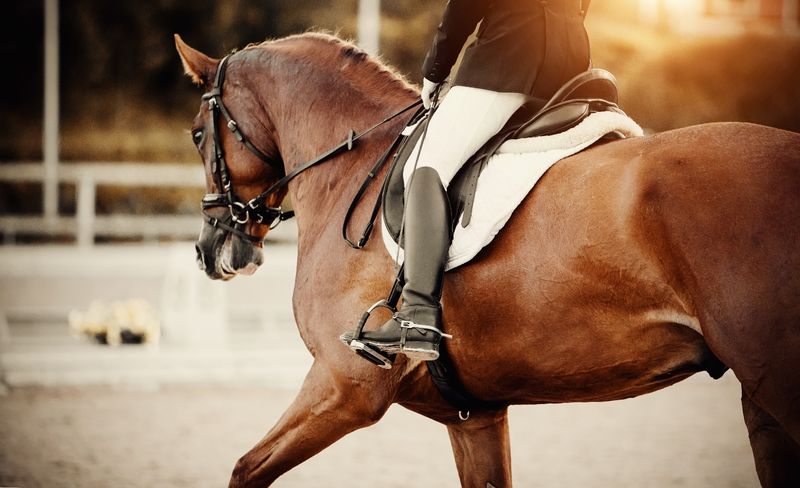
Many horses show tension because their muscles haven’t been properly prepared for work. A thorough warm-up with gradual increase in difficulty prevents pain and resistance.
Start with 10-15 minutes of walking to increase blood flow before asking for more demanding work. Similarly, a proper cool-down allows muscles to release lactic acid gradually. This simple practice prevents soreness and helps your horse associate work with comfort rather than pain.
16. Bodywork And Chiropractic Care
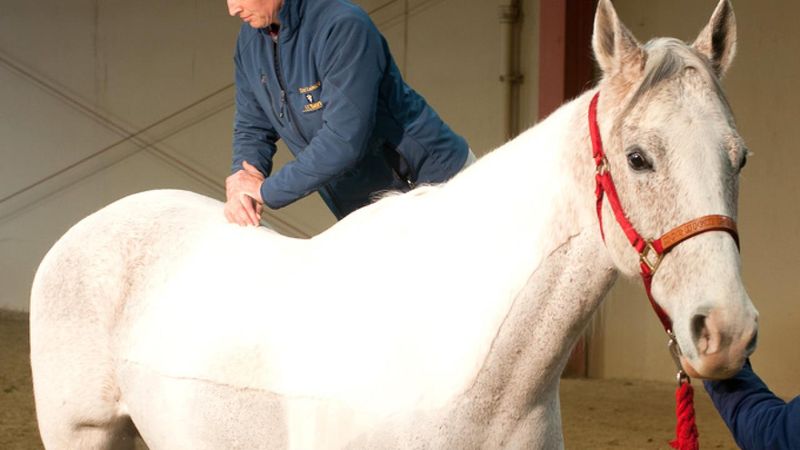
Professional bodywork can address alignment issues that cause persistent discomfort. Equine chiropractors focus on proper joint function, especially in the spine, poll, and pelvis.
Regular adjustments can dramatically improve your horse’s comfort and performance. Many horses show immediate relief after treatment of problem areas. Look for certified practitioners who work alongside your veterinarian to develop a comprehensive care plan.
17. Ground Training For Mental Relaxation
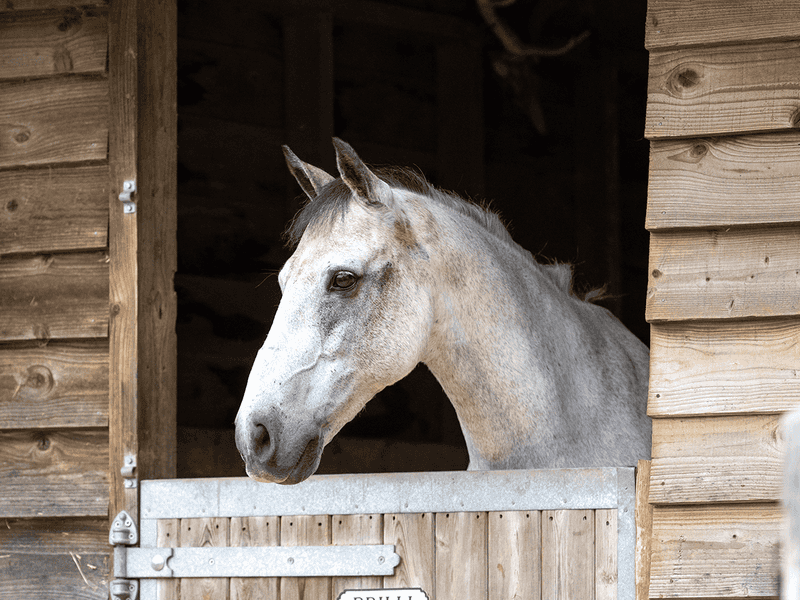
Groundwork exercises build trust while teaching your horse to relax their mind and body. Simple leading exercises where you ask your horse to move forward, stop, and back up reinforce your communication.
Try asking your horse to lower their head on cue – this physical position actually triggers relaxation responses in their nervous system. Just 10 minutes of focused groundwork before riding can transform a tense horse into a willing partner.

